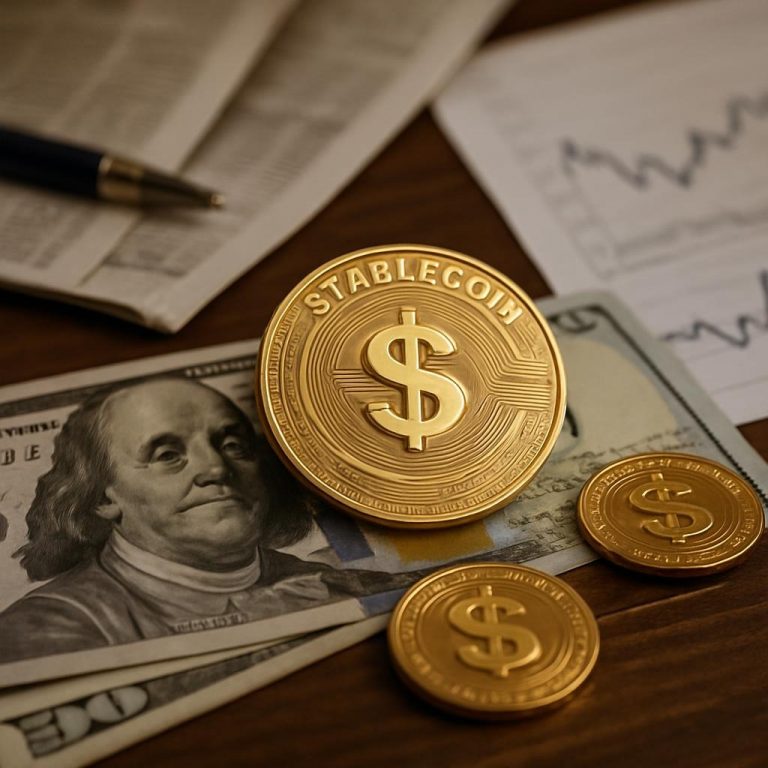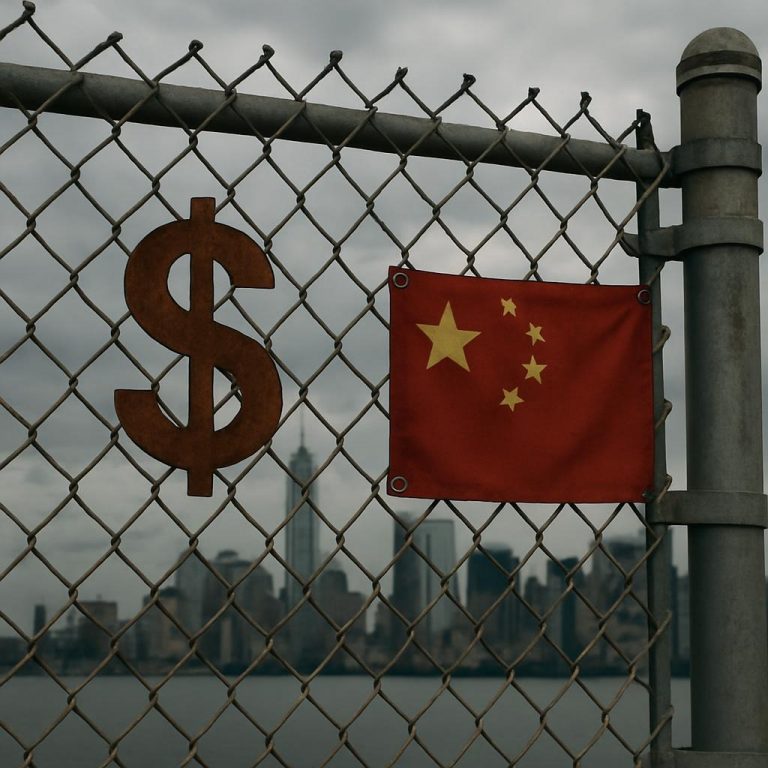
Cryptocurrency regulation in 2025 is undergoing a profound transformation. From the EU’s MiCA rollout to the U.S. pivot toward innovation, governments are balancing investor protection with technological advancement. Institutional adoption, DeFi evolution, and tokenization are reshaping financial markets globally.
🏛️ Present and Emerging Cryptocurrency Regulations
- EU’s MiCA Regulation: MiCA introduces a unified framework for crypto-assets across the EU, covering transparency, licensing, stablecoin oversight, and consumer protection. Full implementation began in December 2024, with technical standards finalized in early 2025 onchainstandard.com CMS LAW-NOW.
Source - U.S. Executive Order: The “Strengthening American Leadership in Digital Financial Technology” order promotes responsible growth of digital assets, supports innovation, and calls for a national digital asset stockpile The White House.
Source - SEC’s Role: The SEC launched a Crypto Task Force and is developing an “innovation exemption” to support compliant experimentation. It also clarified rules for spot crypto trading and liquid staking SEC.gov Yahoo Finance.
Source - Asia-Pacific Sandboxes: Countries like Singapore, Australia, and Japan use regulatory sandboxes to allow startups to test crypto products under supervision, fostering safe innovation Elliptic.
Source - Centralized Exchange Compliance:
- U.S.: Exchanges must meet GENIUS Act standards for stablecoins and AML audits.
- EU: MiCA mandates white papers, licensing, and reserve disclosures.
- UAE: VARA and ADGM enforce multi-agency compliance, including cybersecurity and token classification complyfactor.com coinedition.com.
Source
- Balancing Innovation and Protection: Governments are adopting tiered compliance models, safe harbors, and sandbox frameworks to encourage innovation while enforcing AML/KYC and consumer safeguards Analytics Insight legal.pwc.de.
Source - Election Impacts:
- U.S.: Trump’s re-election led to pro-crypto policies and increased institutional activity.
- India: Despite global pressure, India remains cautious, resisting full regulation The Week Cointelegraph.
Source
- Law Enforcement Adaptation: Agencies use blockchain forensics, AI, and partnerships with firms like Chainalysis to track illicit activity. Sanctioned entities and wallet hacks remain top concerns TRM Labs Chainalysis.
Source - KYC/AML in DeFi: Stricter rules push DeFi platforms to adopt compliance-first architectures, including identity verification and transaction monitoring, challenging anonymity norms Financial Crime Academy.
Source - Stablecoin Regulation: Stablecoins face stricter rules than other crypto assets, including 1:1 reserve backing, audits, and issuer licensing under laws like the GENIUS Act and MiCA onchainstandard.com.
Source
🔮 Future of Cryptocurrency Regulations
- Global Harmonization vs Fragmentation: Despite MiCA and G20 efforts, regulatory fragmentation persists due to uneven adoption and enforcement timelines The Cryptonomist.
Source - DAOs and Regulation: DAOs face new AML obligations, legal entity definitions, and impact certificate frameworks, reshaping governance and funding models markaicode.com.
Source - CBDCs’ Role: CBDCs are influencing crypto policy by introducing regulated digital currencies, prompting interoperability standards and redefining monetary control insidecryptocoins.com.
Source - Compliance in Wallets and Smart Contracts: Future regulations may require built-in KYC, audit trails, and programmable compliance in wallets and smart contracts coinlaw.io.
Source - AI and Blockchain Analytics: AI tools now automate fraud detection, KYC, and transaction tracing, enabling regulators to scale enforcement and reduce compliance costs coinlaw.io.
Source
🚀 Future of the Cryptocurrency Industry
- Institutional Adoption Trends: Institutions are increasing crypto allocations, using Bitcoin as treasury assets, and embracing tokenized ETFs and custody solutions Coinbase kensoninvestments.com.
Source - Tokenization of Real-World Assets: RWA tokenization is transforming finance by enabling fractional ownership, liquidity, and cross-border access to real estate, bonds, and commodities digitalfinancenews.com.
Source - DeFi Outlook: Regulatory clarity is driving institutional DeFi adoption, with protocols integrating compliance-first models and benefiting from safe harbor exemptions smartliquidity.info.
Source - Innovation in UAE and Singapore:
- UAE: Attracts talent and capital with tax incentives and flexible regulation.
- Singapore: Maintains strict compliance, delaying some reforms to 2027 AInvest Decrypt.
Source
- Hybrid Financial Institutions: Banks are integrating crypto services, offering embedded finance, custody, and tokenized products, signaling a convergence of TradFi and DeFi Forbes algopear.com.
Source
🎬 Recommended Documentaries
- “Cryptopia: Bitcoin, Blockchains and the Future of the Internet” – Explores the ideological roots and regulatory challenges of crypto.
- “The Rise and Rise of Bitcoin” – Chronicles Bitcoin’s evolution and regulatory battles.
- “Trust No One: The Hunt for the Crypto King” – Investigates crypto fraud and law enforcement tactics.
- “Banking on Bitcoin” – Examines the clash between crypto innovation and financial regulation.
- “The Code” (BBC) – Covers the role of cryptography and blockchain in shaping digital finance.
🔑 Keywords
MiCA, GENIUS Act, SEC crypto task force, regulatory sandboxes, centralized exchanges, KYC/AML, stablecoins, CBDCs, DAOs, tokenization, DeFi, institutional adoption, UAE crypto, Singapore crypto, hybrid finance, blockchain analytics, crypto regulation 2025.






